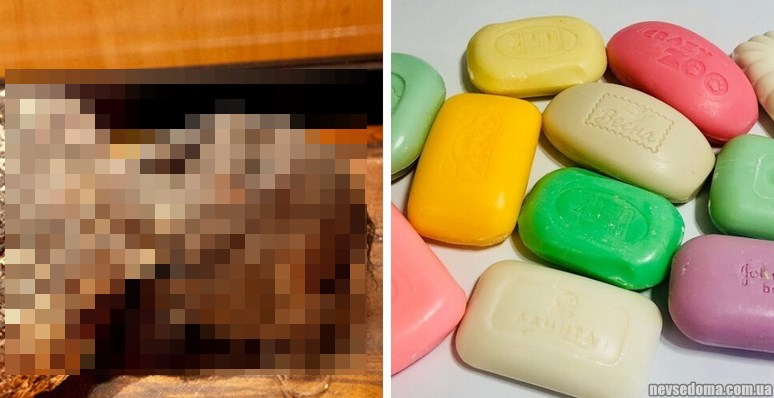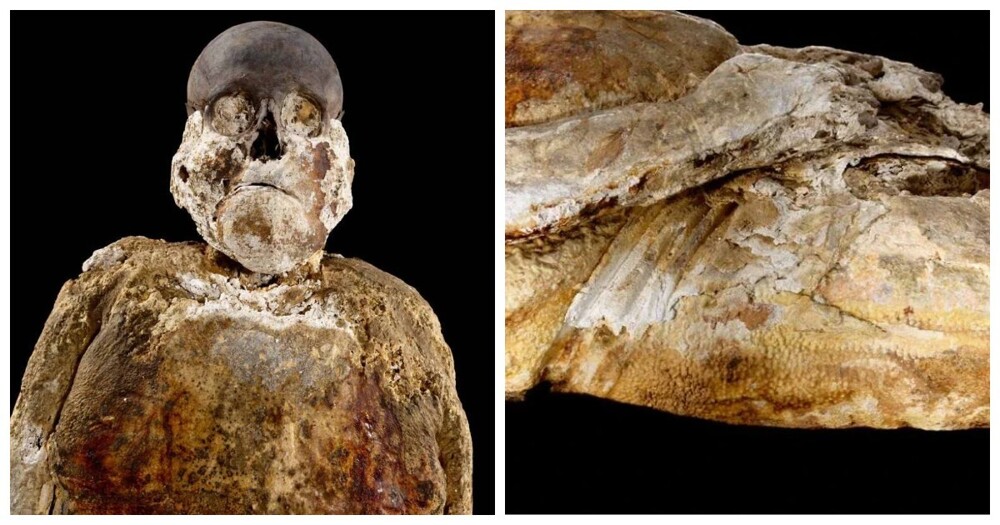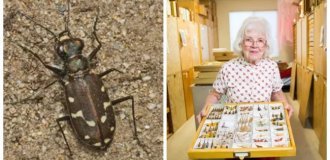Saponified couple: the story of the Soapy Man and the Soapy Lady from Philadelphia (4 photos)
Death is an integral part of the universe. If by there are endless disputes about the immortal soul, then for the physical shells, there is only one outcome - transformation into nothing. But this is not always the case. 

These strange bodies were found in Philadelphia on an old cemetery in 1875 during landscaping work: graves had to be postponed due to the implementation of the project for the construction of a wagon depot. 
soapy lady
The couple died presumably in 1792, but in nothing turned. Man and woman became "soap people". And the reason is started the process of saponification or saponification.
Actually, this is how ordinary soap is made from animal fats and vegetable oils. Triglycerides are neutral fat molecules in their composition become soap under the action of chemical reagents.
Soapy they 
soap man
In the coffins where the bodies were, groundwater brought alkaline soil. And they didn't decompose, as organic matter usually does.
For a long time, the remains were part of museum exhibits. In the 90s the man was removed from the exhibition in order to study closely.
X-ray studies revealed in the tissues pins. With their help, probably, a funeral was fixed on the corpse. shroud. The discovery denied the date of death, since this form of fittings appeared later, only in 1824.
The man is clearly European, passed away at the age of 40-50 years. The bones are dense and healthy, but there are changes in the spine, which suggests that during his lifetime he was engaged in physical labor.
In the body of a woman who is younger by about 10 years, too pins were found. There were blond curls on the skull. Skeleton too strong, indicating good health. But they both lost their teeth almost completely.
Soap Man is currently exhibiting at Smithsonian National Museum of Natural History, and its probable wife - in the Mutter Museum (Philadelphia).
Process principle 
Saponification in the case of bodies occurs involuntarily. That have adipose tissue when buried in soil with high levels certain enzymes are converted into wax. Upon completion of the process from the body remains a skeleton, the bones of which are covered with "soap". Usually whitish or brownish grey.
The waxy substance is often called cadaveric wax. And the scientific term is adipocyrus. Usually the saponification process starts in favorable conditions - a warm and humid environment, in the absence of oxygen and the presence of certain microorganism. Instead of the usual decomposition and the formation of a solid wax-like substance occurs, reminiscent of soap. Important factors in the case of the Soap Couple were the action of alkaline soil and the fullness of people whose adipose tissue and saponified, ensuring the good preservation of the remains.





















